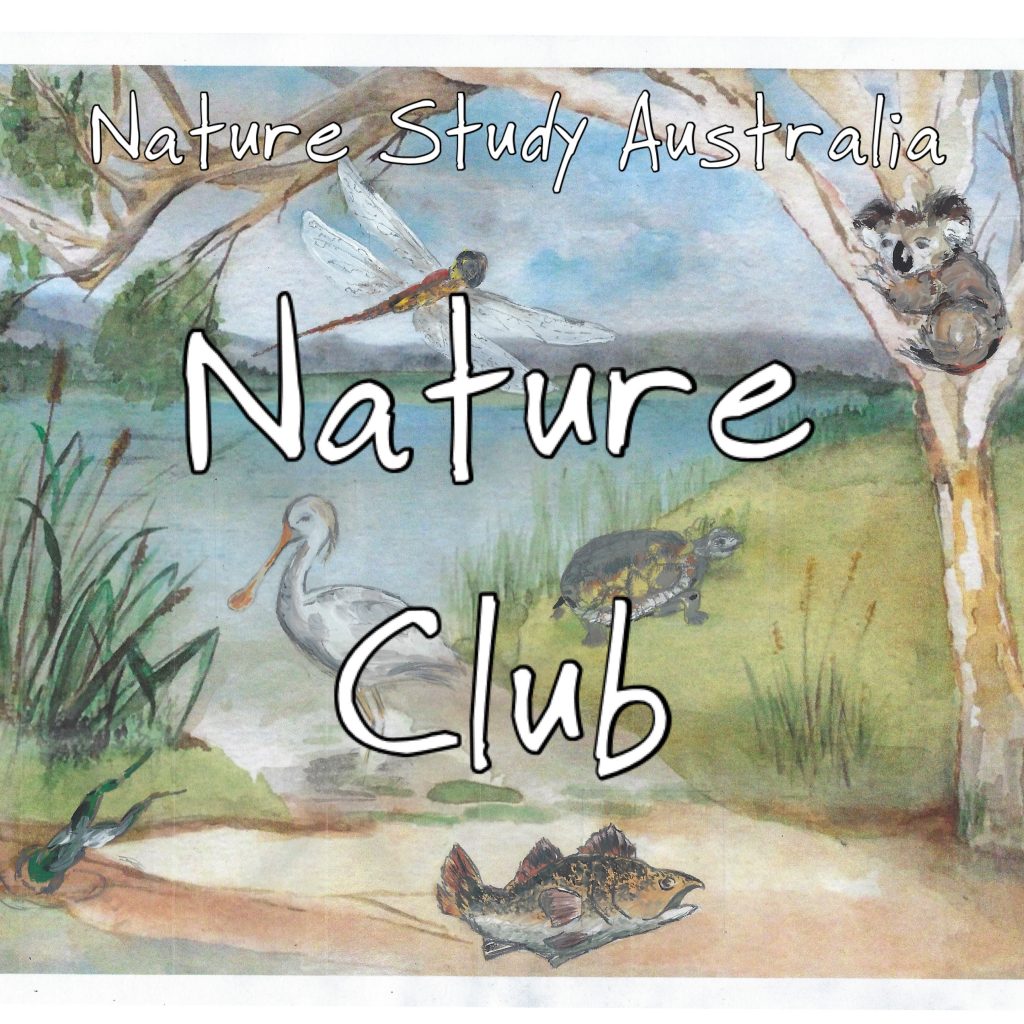There are more insects in the world than any type of animal. If you pay attention and observe the space around you, you will notice many different kinds. Bugs hum, buzz, and whiz about us in the suburbs, parks, farmlands, bushland, waterways, and everywhere. Creepy crawlies work hard pollinating blossoms, vegetables, fruits, and grains.



Some of us hate them and others love them, but regardless of how we feel, insects perform an essential task in the network of life as they’re an important source of nourishment to birds, bats, amphibians, spiders, and reptiles. Imagine a world without insects. What would it look like? Our world wouldn’t be filled with such diversity and beauty. Every creepy-crawly serves a purpose, even those pesky flies and mosquitoes.
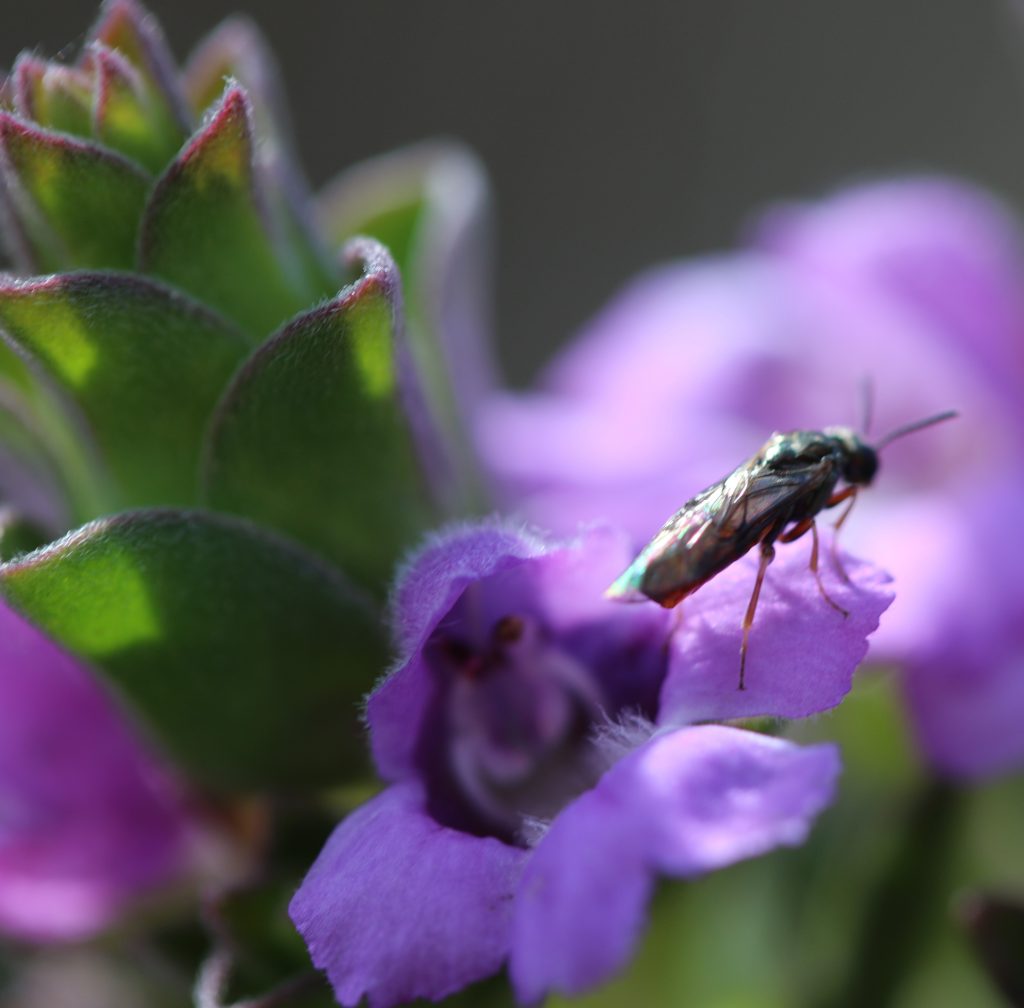
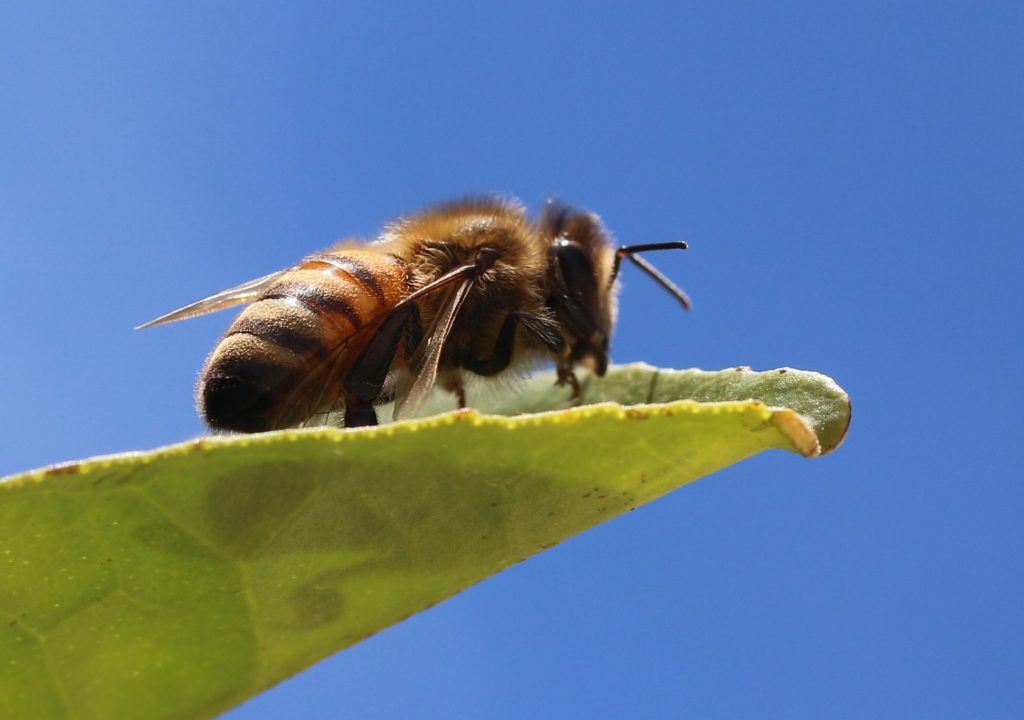
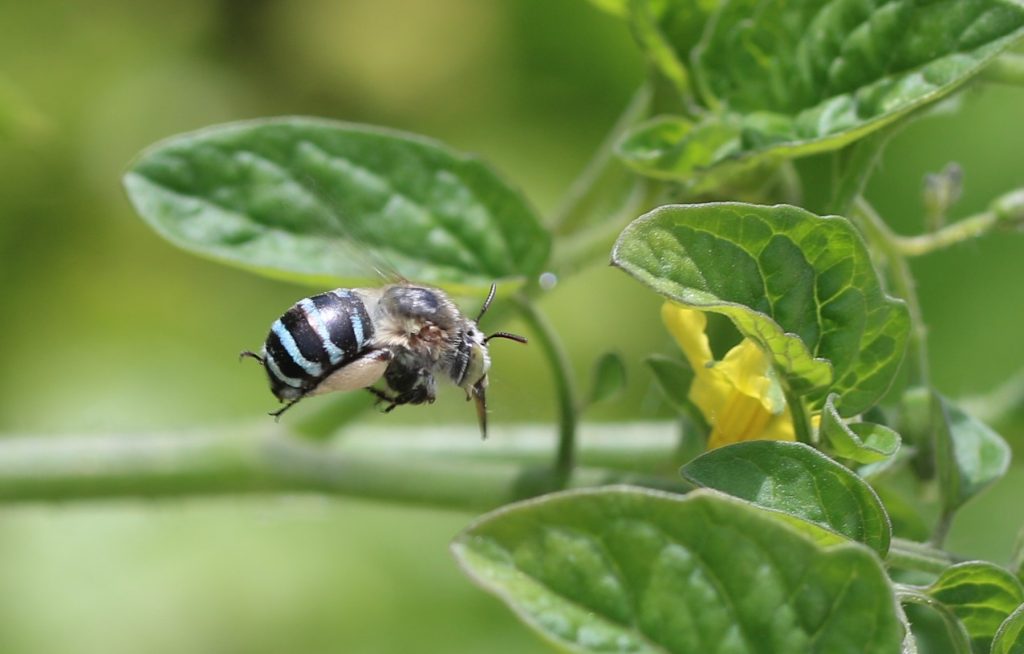
As we investigate the world of insects, we’ll begin to notice the characteristics that make them different, we’ll witness the miracle of metamorphosis and study their anatomy. Knowledge will be gained from experience and insect resource books as the world of arthropods is discovered for ourselves. Witnessing the life of insects is so much more fun than reading about it in books alone. Perhaps we’ll even have the opportunity to contribute to the advancement of scientific knowledge.
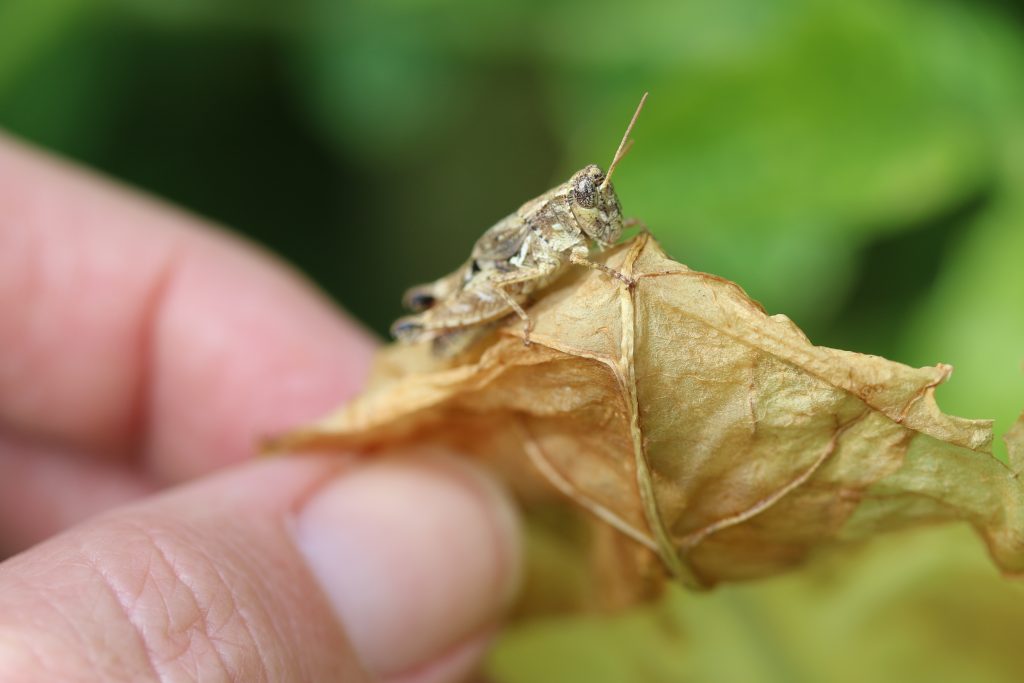
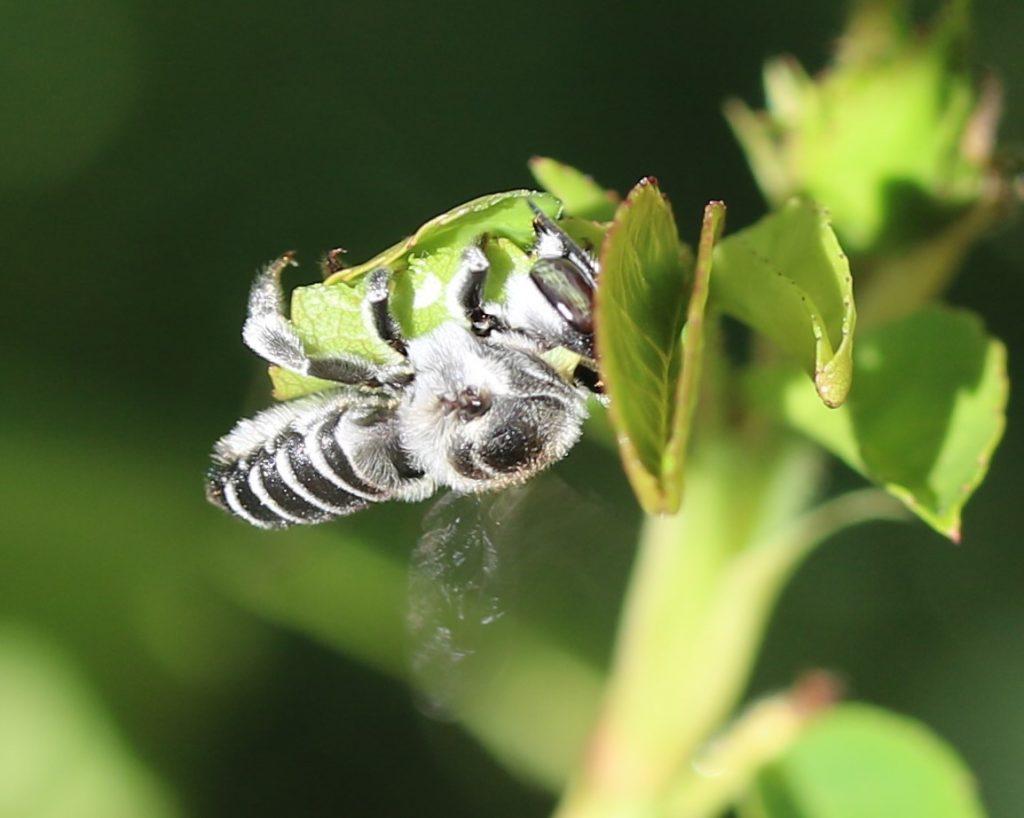
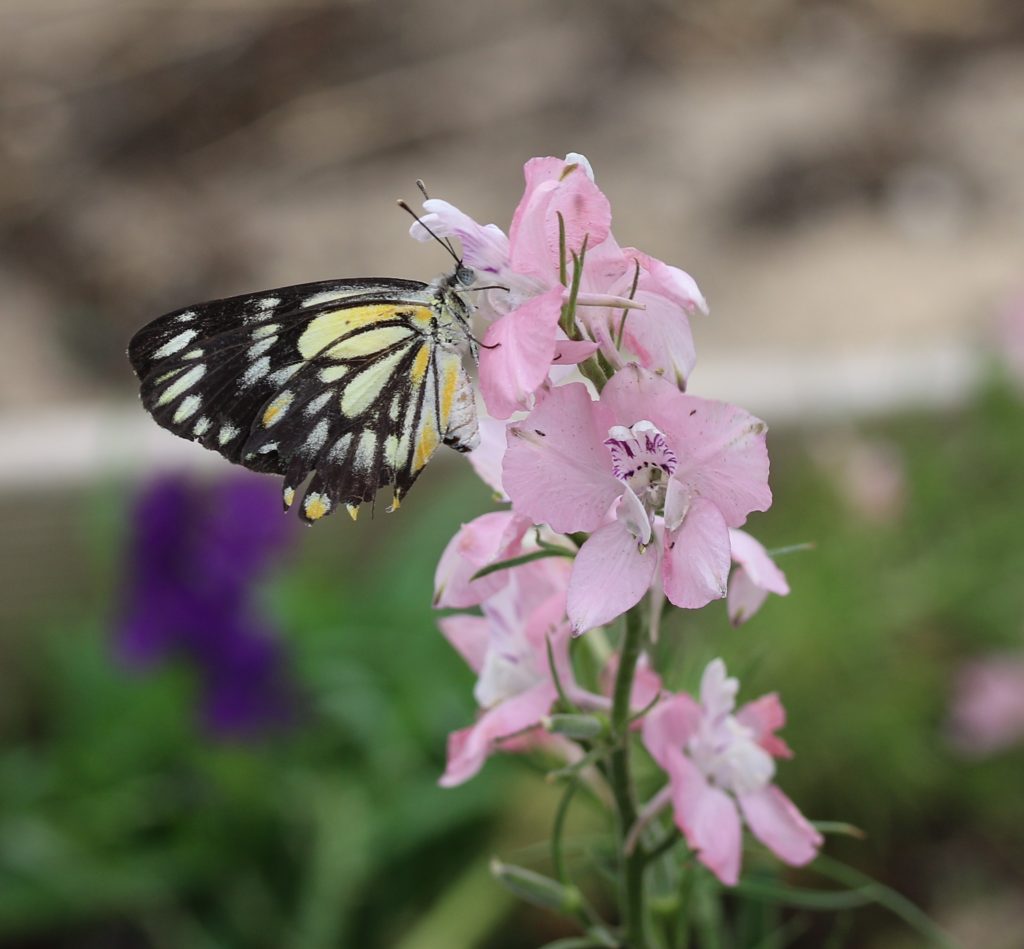
Once we have a basic knowledge of these creatures we can dive deeper into the various insect families. The world of arthropods is enormous and it’s impossible to study them all. So you may choose a group that appeals to you like butterflies, dragonflies, or cockroaches. These insects are easily identified with the help of specific field guides.
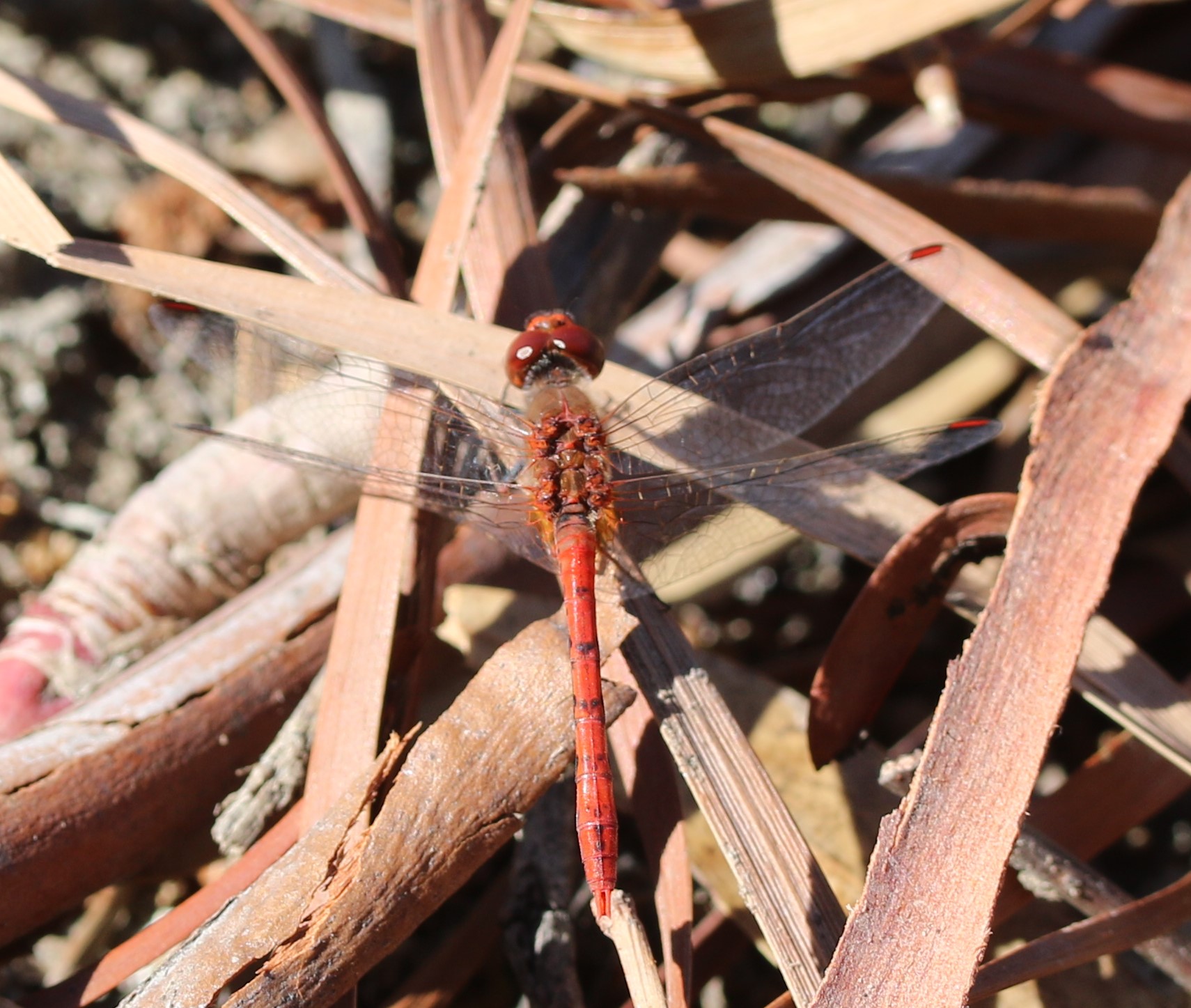


The excitement begins when an amateur entomologist ventures outdoors to hunt and collect specimens which will encourage curiosity and observation. But where does the young naturalist begin to search for insects?
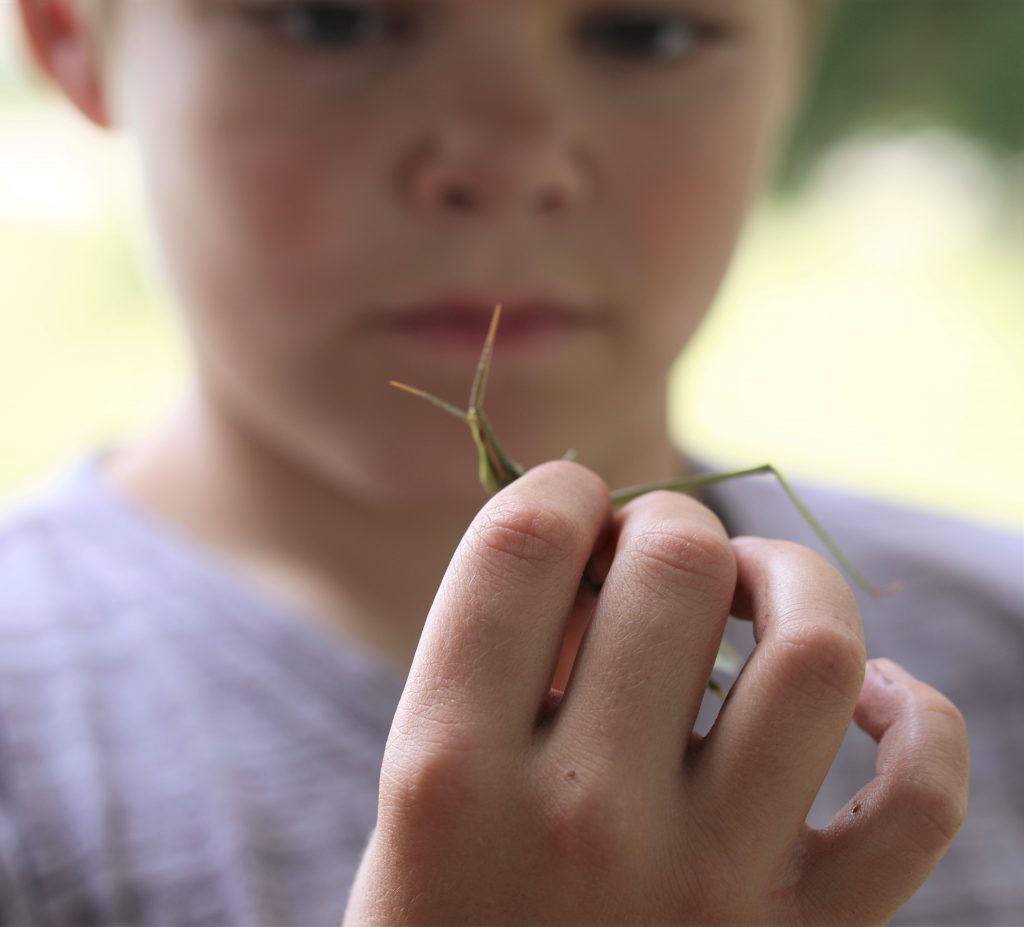
Here are a few ideas:
- Insects love the nectar and pollen flowers and trees provide in rainforests, forests, bushlands, parks, and backyards.
- They congregate under leaves, in petals, on stems and fruit. Search for the evidence.
- Others shelter under rocks, in bark crevices, under leaf litter, in soil and dunes.
- Insects thrive off the margins of waterways along oceans, rivers, ponds, salt pans, and in puddles.
- The most productive collecting area will be where two or more ecosystems converge or overlap.
- Some insects enjoy ‘hilltopping’ or gathering on top of hills and mountain summits.
- Insects also congregate at the top of shoreline cliffs when a steady breeze is blowing.
Here is an Insect Watch Chart to encourage you to search for insects in the places they like to hang out.
The time and seasons for collecting specimens will depend upon the group you’re investigating. As we know, insects are diurnal, nocturnal, or crepuscular. Most invertebrates actively feed in the early morning before the day begins to warm up.



Field naturalists in the east collect insects from September to April with insects being most abundant between December and February. Creepy crawlies thrive just before and during the rains in the north. In the west, insect activity is plentiful in the cooler months while in central Australia, insects are profuse after isolated showers of rain. So now that you know where and when to collect insects, get outside and investigate the intriguing world of arthropods for yourself.
Collecting methods include:
- Searching
- Netting
- Beating foliage or grasses
- Aspirating
- Separating and trapping insects.
- Light sheets for nocturnal insects.
An Amateur Entomologist will:
- Study a particular group of invertebrate’s habitat, distribution, life cycle, food web, and host plants.
- Raise larvae from eggs through to metamorphosis and adulthood.
- Collect a variety of insects within the arthropod group to study and observe the differences and similarities between them and their life-cycle stages.
- Collect accurate and detailed records of each collecting experience.
- Apply for and carry permits for the collection of rare or endangered invertebrates.
- Ask for the landowner’s or Ranger’s permission before collecting insects on private or government property.
An Entomologist’s bag of tools includes:
- Forceps in various sizes for the most delicate species to the chunkiest.
- A fine camel brush and a fixative to pick up tiny specimens.
- Killing bottles, tubes, or vials for insects to be pinned or dry mounted.
- Glass jars or boxes for live specimens.
- Field Notebook and pencils.
- A trowel for digging in the soil and a chisel for removing a portion of bark.
- The correct net for the invertebrate is being searched for like butterfly or aquatic nets.




The best collectors will always become good field naturalists, finding their experiences in the field more valuable and instructive than any handbook and, as a result, be rewarded for their endeavours.~ Murray S Upton
Resources for Insect Enquiry:
- The Little Things that Run in the City by BY KATE CRANNEY, SARAH BEKESSY AND LUIS MATA (Book PDF)
- Why Study Insects?
- Insects | Australian Museum
- Key to Invertebrate Identification
- Australian Entomological Supplies
- Methods of Collecting, Preserving and Studying Insects by Murray S. Upton and Beth L. Mantle Published by the Australian Entomological Society. (Download)
- How to Draw Insects | John Muir Laws
Explore insects with Nature Club by becoming either an Insect Observer, Data Collector, or Journaler. Complete the activity list of choice (there are 3 levels), collect your badges, paste them into your Badge Book and you’re on your way to becoming a Nature Club Member.
